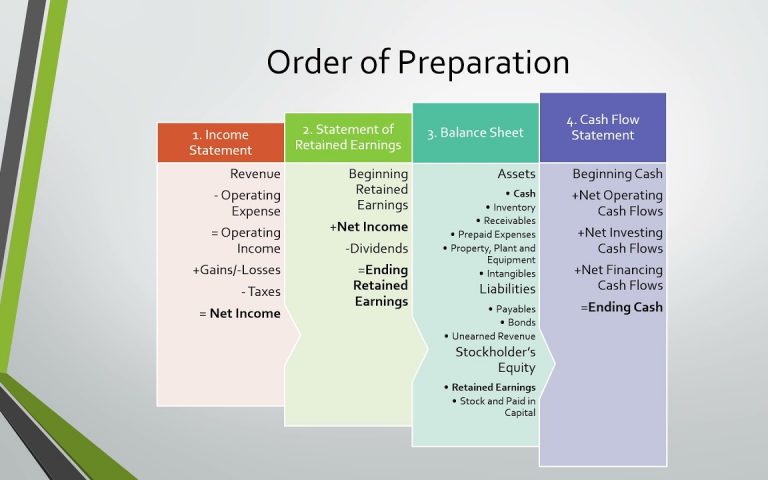The definition of an Action Plan: A sequence of steps that must be taken, or activities that must be performed well, for a strategy to succeed. An action plan has three major elements (1) Specific tasks: what will be done and by whom. (2) Time horizon: when will it be done. (3) Resource allocation: what specific funds are available for specific activities. Also called action program.
One of the biggest problems with any type of planning, strategic planning in particular, often stems from the fact that you may have become fatigued already by all the steps that led up to nailing down your goals and courses of action. In fact, we have met clients that go through the activities necessary to achieve great results, but they start to fizzle out and don’t concentrate carefully on this last step, instead thinking “I know the outcome I want, writing down the detail of the steps I’m going to take aren’t as crucial.” We couldn’t disagree more.
Be aware, too, that your commitment to any plan of action or longer-term goal includes not only taking affirmative steps, but also measuring the results of your actions to assure they have satisfied their intended purposes.
Breaking down the three major elements further, your Action Plan should include:
- The goal(s) that are to be accomplished.
- The steps to obtain those goals that are to be accomplished.
- How each action step contributes to the organization’s overall strategic goals.
- How each action step contributes to the organization’s overall strategic goals.
- How those results will be achieved
- When the results will be achieved (or timelines for each objective).
- You should be a specific as possible but remember the dates don’t necessarily have to be carved in stone.
- Who is responsible for what steps (if you are delegating, in which case you need to make sure to oversee everyone’s efforts as well).
- Resource allocation – what resources are necessary?
A few points to consider in taking the above steps:
- Make sure the objectives are specific and measurable.
- While identifying the objectives, keep asking “Are you sure you can do this? (And if not, is there someone who can.)
- As in item 5 above, remember the timeline doesn’t have to be set in stone – it can be deviated from if appropriate – but deviations should be understood and explained.
***
TITAN Business Development Group, LLC
www.TitanBDG.com






















































































